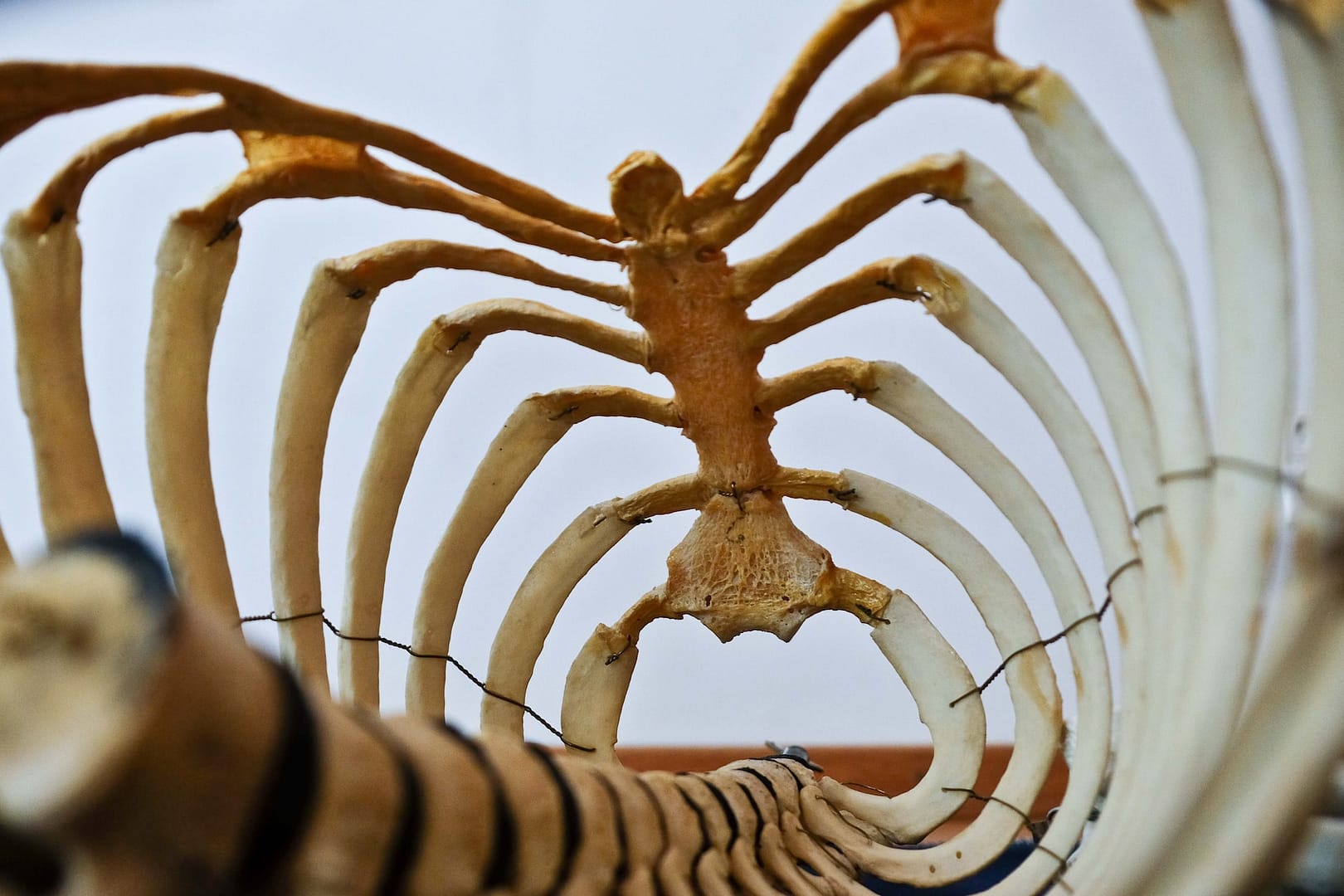In today’s world, information flows faster than ever before. But with the avalanche of data comes a risk – the spread of misinformation. One topic that’s not immune to this is spinal cord injuries. It’s essential to separate fact from fiction, especially when dealing with such a life-altering condition. In this article, we’ll embark on a journey to debunk some common spinal cord injury myths, providing clarity and understanding along the way. We will also lay out the guidelines for making a serious injury claim.
Myth 1: Spinal Cord Injuries are Always Permanent
When someone hears the words “spinal cord injury,” a sense of finality often shrouds the conversation. Many believe that once you’ve sustained such an injury, there’s no turning back – that you’re destined to live with its consequences for the rest of your life. But let’s clear this up right away: spinal cord injuries are not always permanent.
Yes, spinal cord injuries can be devastating, but their outcomes vary widely. It’s crucial to understand that the severity of a spinal cord injury depends on several factors, such as the location of the injury, its extent, and how quickly medical intervention occurs.
In some fortunate cases, individuals have experienced remarkable recoveries. Their stories are inspirational testaments to the remarkable resilience of the human body. Rehabilitation programs, medical advancements, and sheer determination have all played vital roles in these cases.
However, it’s equally important to acknowledge that not all spinal cord injuries lead to full recovery. The degree of recovery largely depends on the extent of damage to the spinal cord. So, while there is hope for improvement, it’s essential to manage expectations and work closely with healthcare professionals to maximise recovery potential.
Myth 2: Spinal Cord Injuries Only Happen to Athletes or in Dramatic Accidents
One common misconception surrounding spinal cord injuries is that they mainly occur in high-impact scenarios, such as sports accidents or dramatic falls. While these incidents do contribute to some spinal cord injuries, they are far from the only causes.
Spinal cord injuries can result from a wide range of accidents and medical conditions. Everyday occurrences, such as car accidents, slip and falls, and workplace incidents, can lead to spinal cord injuries. Additionally, medical conditions like herniated discs, tumours, or infections can also affect the spinal cord.
The truth is, spinal cord injuries can happen to anyone at any time. They don’t discriminate based on age, gender, or occupation. This myth emphasises the importance of being cautious and taking preventive measures to reduce the risk of such injuries, regardless of your lifestyle or profession.
Myth 3: Wheelchairs Are the Only Mobility Solution for People with Spinal Cord Injuries
When picturing someone with a spinal cord injury, many people envision a wheelchair-bound individual. While wheelchairs are a valuable mobility tool for some, they are not the only option, and not everyone with a spinal cord injury requires one.
Advancements in assistive technology have opened up a world of possibilities for individuals with spinal cord injuries. Devices like exoskeletons, which are wearable robots, allow some people to regain the ability to walk. These devices provide hope for a future where mobility is not solely reliant on wheelchairs.
Moreover, ongoing research into spinal cord regeneration holds promise for future treatments that could potentially restore lost function. Scientists are continually working on groundbreaking therapies, such as stem cell treatments and nerve regeneration techniques, that may offer new avenues for recovery.
The key takeaway here is that the journey of recovery and adaptation after a spinal cord injury varies from person to person. It’s important to explore available options and work closely with healthcare professionals to determine the most suitable mobility solution for each individual’s unique circumstances.
Myth 4: People with Spinal Cord Injuries Can’t Lead Fulfilling Lives
Another damaging myth surrounding spinal cord injuries is the assumption that individuals who have experienced such injuries are destined for a life of limitations and dependence. This couldn’t be further from the truth. People with spinal cord injuries can lead incredibly fulfilling and meaningful lives.
One of the most powerful aspects of the human spirit is its resilience. Individuals with spinal cord injuries often find new ways to pursue their passions and achieve their goals. Whether it’s through adaptive sports, pursuing education, or engaging in creative endeavours, many people with spinal cord injuries continue to thrive.
Moreover, societal attitudes and accessibility have improved significantly over the years, creating more inclusive environments for individuals with disabilities. Legislation, like the UK’s Equality Act, has played a vital role in promoting equal opportunities and accessibility for all.
While living with a spinal cord injury presents challenges, it’s crucial to emphasise that a fulfilling life is not only possible but attainable. Many individuals have shattered stereotypes and achieved remarkable feats, proving that a spinal cord injury doesn’t define one’s worth or potential.
Myth 5: All Spinal Cord Injuries Are the Same
Spinal cord injuries are often grouped together as a single entity, but the reality is far more complex. Not all spinal cord injuries are the same, and their effects can vary significantly.
The spinal cord consists of various segments, each responsible for different bodily functions. The level and extent of injury within the spinal cord determine which functions are affected. Injuries higher up in the spinal cord may result in more significant impairments, potentially affecting breathing and upper body mobility, while lower spinal cord injuries may primarily impact lower body function.
Additionally, the severity of spinal cord injuries varies. Some individuals may experience incomplete injuries, where there is still some communication between the brain and the affected body parts. Others may have complete injuries, where there is a total loss of function below the injury level.
Understanding these distinctions is crucial because they influence the type of care, rehabilitation, and support needed for each individual. It also underscores the importance of personalised treatment plans tailored to specific injuries.
Making a Serious Injury Claim with National Claims
If you or a loved one has experienced a spinal cord injury due to the negligence or fault of another party, seeking compensation and support is essential. At National Claims, we understand the challenges that individuals and their families face after a serious injury.
Our dedicated team of legal experts specialises in personal injury claims, including those related to spinal cord injuries. We are committed to ensuring that you receive the compensation and assistance you deserve to navigate the complexities of life following a spinal cord injury.
initial consultation
We offer comprehensive support throughout the claims process, from initial consultation to settlement negotiations. Our goal is to secure the financial resources necessary to cover medical expenses, rehabilitation costs, and ongoing care.
At National Claims, we believe that justice should prevail, and those responsible for causing spinal cord injuries should be held accountable. If you believe you have a valid claim, don’t hesitate to reach out to us for a confidential assessment of your case. We’re here to help you take the first steps towards rebuilding your life.

Conclusion
Debunking spinal cord injury myths is not just about dispelling misconceptions; it’s about promoting understanding, compassion, and empowerment. Spinal cord injuries are complex and varied, and their impact on individuals’ lives is equally diverse.
By shedding light on these myths and providing accurate information, we can create a more inclusive and supportive society for those affected by spinal cord injuries. It’s a journey toward breaking down barriers and redefining what’s possible for individuals living with spinal cord injuries. With increased awareness and continued research, we can work towards a future where spinal cord injuries are better understood, more preventable, and less limiting. And with the support of organisations like National Claims, individuals can access the resources they need to rebuild their lives after a serious injury.
Contact us today to get a start on your claim and to find out more about what we do at National Claims.
Click below to see why we are one of the most trusted claims management companies in the UK.

We’re proud of our excellent customer reviews
We thrive on delivering exceptional service and ensuring our clients’ satisfaction. Don’t just take our word for it. Check out some of our independent reviews to see what our clients have to say.
Excellent

This firm is excellent, they sorted out my car pay out and injury claim very fast, they always communicate with you all the time.

My accident case was dealt with confidence and with great result of the outcome, especially James kept me informed all the time.

I was very impressed at the way my inquiry was treated. I was listened to attentively and everything I needed to know was explained to me.






